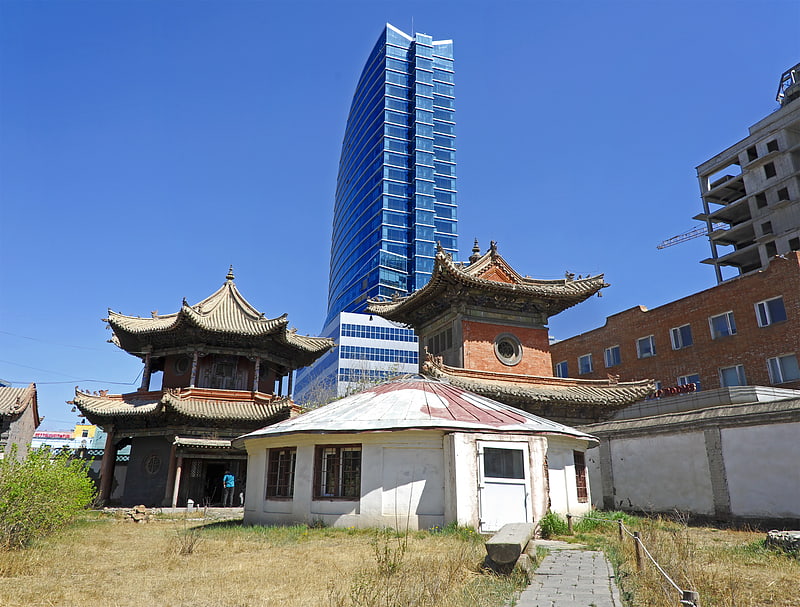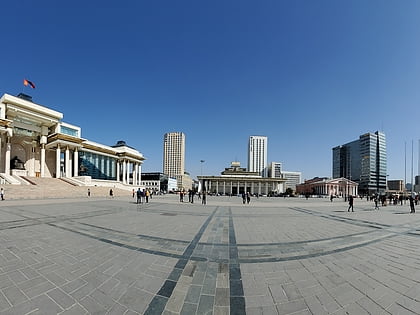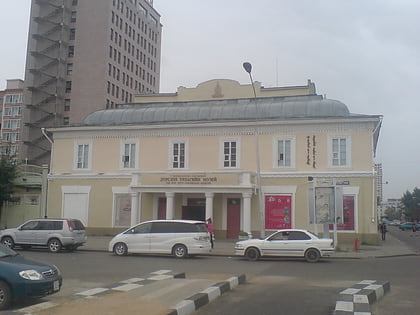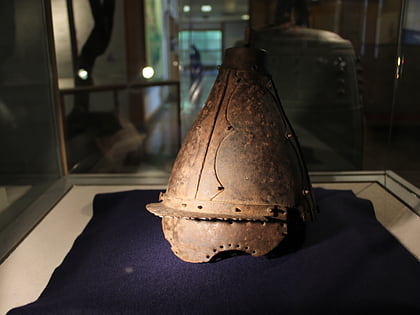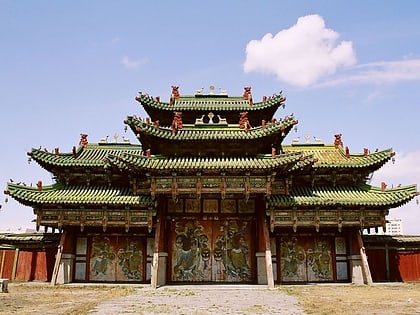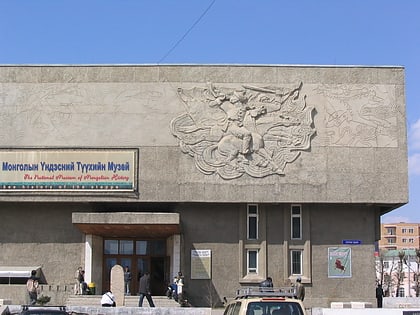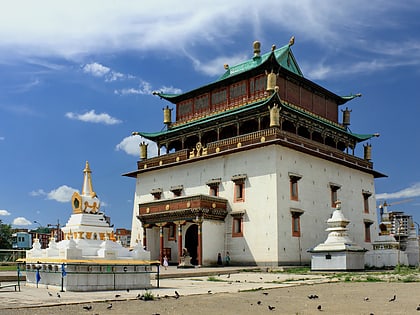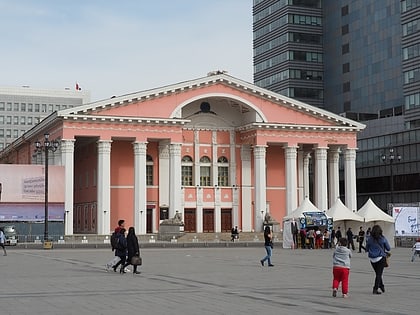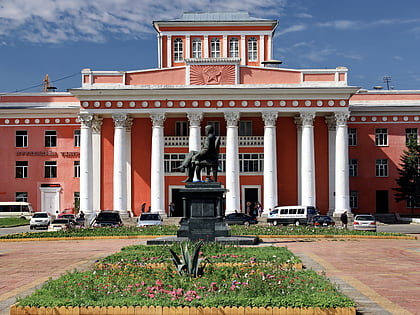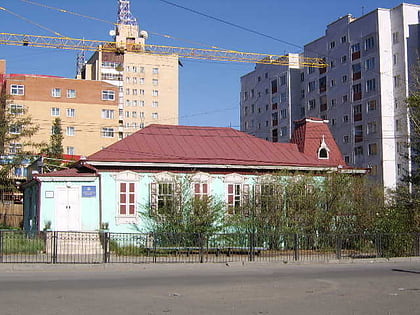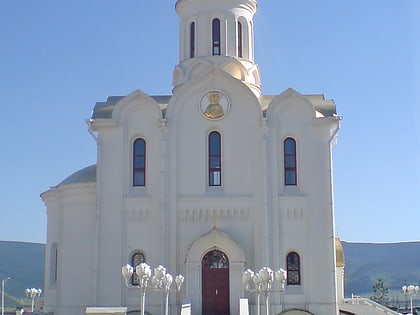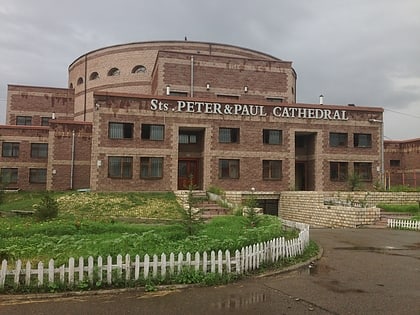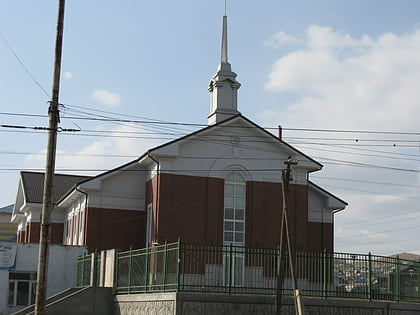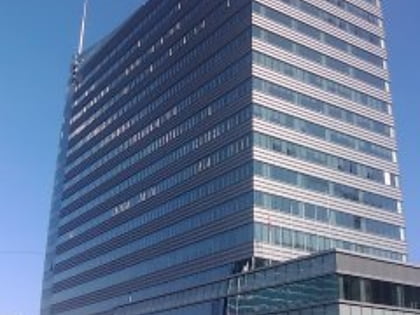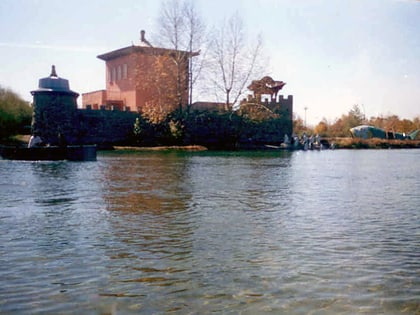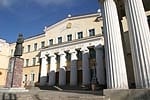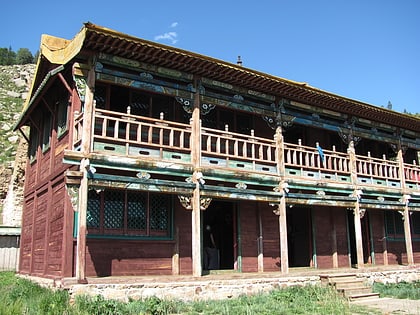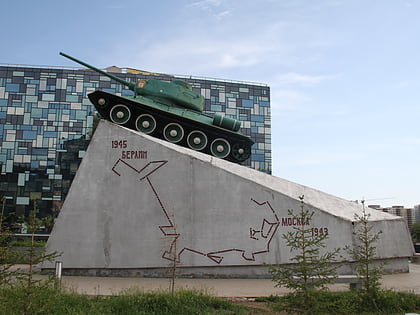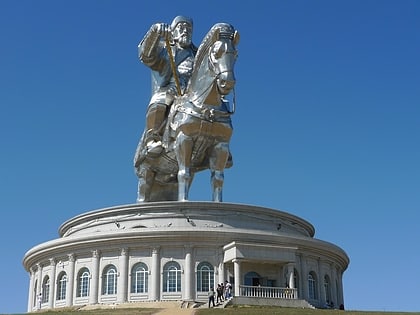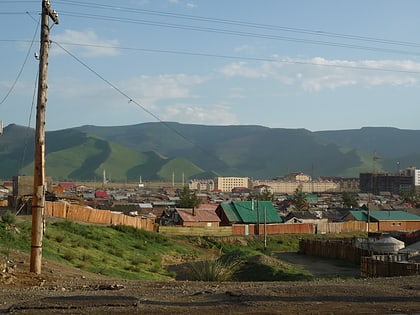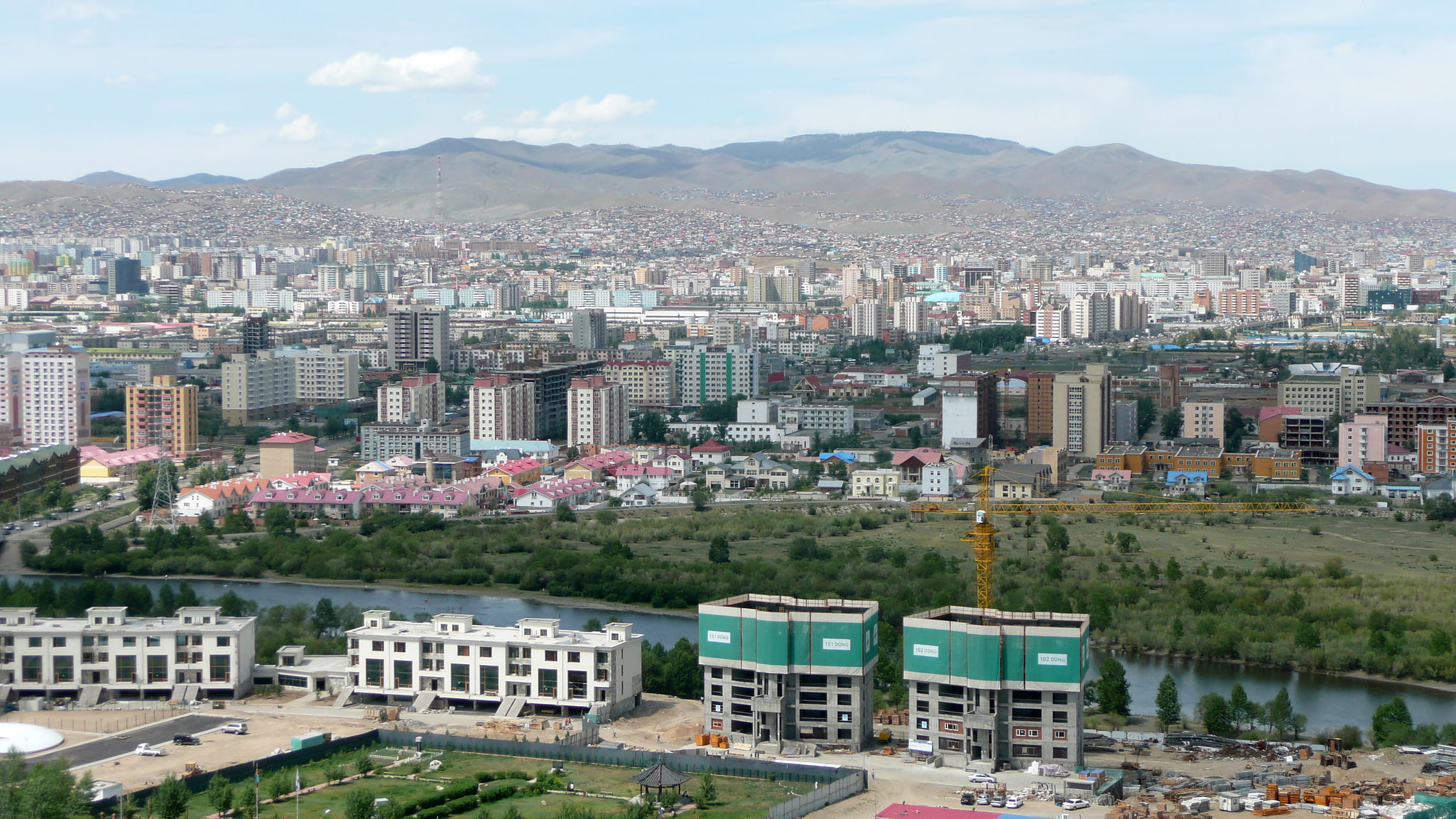
Ulaanbaatar Travel Guide
Facts and practical information
Ulaanbaatar, the capital of Mongolia, stands as a testament to the nation's dynamic culture and rich heritage. It is a city where the ancient traditions of the steppes meet modern urban life, offering a unique blend of history and development.
At the heart of Ulaanbaatar lies Sükhbaatar Square, a central hub named after the national hero Damdin Sükhbaatar. The square is surrounded by significant buildings, including the Government Palace and the Mongolian National Modern Art Gallery, showcasing the country's political and cultural facets.
The Gandantegchinlen Monastery, a prominent center of Mongolian Buddhism, is a serene oasis within the bustling city. Visitors can explore the ornate temples and observe the daily rituals of the monks, providing a glimpse into the spiritual life of the country.
The National Museum of Mongolia is another must-see attraction, offering a comprehensive overview of Mongolian history, from the era of the Great Mongol Empire to the present day. Exhibits display artifacts from the time of Genghis Khan, traditional costumes, and insights into the nomadic lifestyle that is still prevalent in the country.
For those interested in the arts, the Zanabazar Fine Arts Museum houses an impressive collection of Mongolian art, including works by the revered artist and religious figure Zanabazar. The museum provides an excellent opportunity to appreciate the intricate details of Mongolian painting, sculpture, and textiles.
As a rapidly developing city, Ulaanbaatar also boasts modern amenities and a growing skyline. The Shangri-La Mall and the Blue Sky Tower are examples of contemporary architecture that offer a range of shopping, dining, and entertainment options.
Despite the urbanization, the traditional Ger districts surrounding the city center remind visitors of the nomadic roots of the Mongolian people. These areas, with their portable dwellings, offer a stark contrast to the city's modern sectors and highlight the diversity of living conditions in Ulaanbaatar.
When it comes to cuisine, Ulaanbaatar offers an array of traditional Mongolian dishes such as buuz (steamed dumplings), khuushuur (fried meat pastries), and airag (fermented mare's milk). The city's restaurants also serve international fare, catering to a variety of tastes.
As the coldest capital city in the world, Ulaanbaatar challenges visitors to embrace its extreme climate, which ranges from frigid winters to warm summers. The city serves as a gateway to the vast Mongolian landscape, including the Gobi Desert and the pristine wilderness areas that are ideal for trekking, horseback riding, and experiencing the nomadic lifestyle up close.
Ulaanbaatar Attractions - What to See and Explore
Ulaanbaatar offers many attractions and places to visit. Here are the most important ones: Choijin Lama Temple, Sükhbaatar Square, The Fine Arts Zanabazar Museum, Mongolian Military Museum. Below you will find a complete list of places worth visiting.
Ulaanbaatar – popular in the area (distance from the center)
In the vicinity of Ulaanbaatar, it's worth seeing attractions such as: Manjusri Monastery (Bogd Khan Uul Biosphere Reserve), Zaisan Memorial (Bogd Khan Uul Biosphere Reserve), Equestrian statue of Genghis Khan.
Best Time To Visit Ulaanbaatar
Learn when is the best time to travel to Ulaanbaatar weather-wise and what to expect in each season.
Best Ways to Experience Ulaanbaatar
Food & drink
CuisineA guide to some of the best local dishes and drinks that you will meet in the region.
